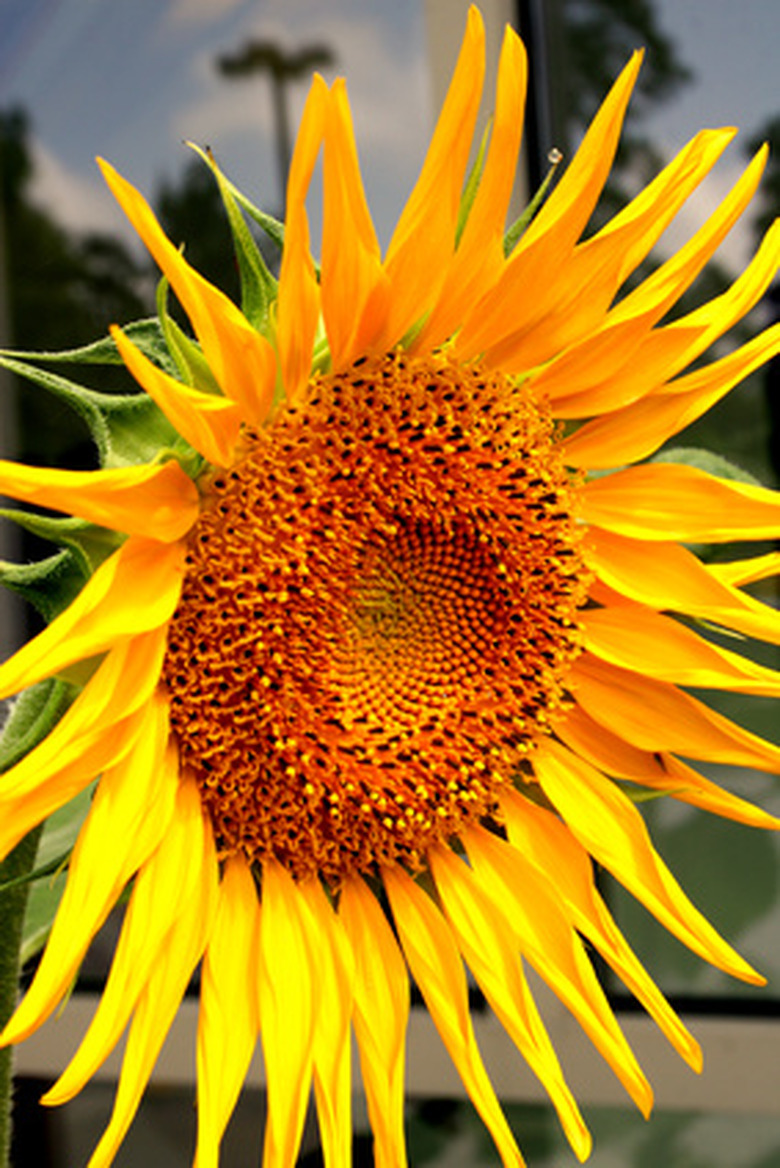Annual Flowers That Grow In Pennsylvania
As a Mid-Atlantic state, Pennsylvania has the warm, humid summers in which most annual flowers flourish. These single garden season bloomers are busy producing flowers from spring until the first frost. They'll fill your Keystone State garden with color, form and fragrance as long as you remove their spent flowers to minimize their seed production. Many Pennsylvania annuals also make outstanding cut flowers, says Steve Bogash, horticulture educator at PSU College of Agricultural Science's Capital Region Cooperative Extension.
As a Mid-Atlantic state, Pennsylvania has the warm, humid summers in which most annual flowers flourish. These single garden season bloomers are busy producing flowers from spring until the first frost. They'll fill your Keystone State garden with color, form and fragrance as long as you remove their spent flowers to minimize their seed production. Many Pennsylvania annuals also make outstanding cut flowers, says Steve Bogash, horticulture educator at PSU College of Agricultural Science's Capital Region Cooperative Extension.
Ageratum "Blue Horizon"
Also called floss flower because of its thread-thin flower petals, ageratum (Ageaeratum houstonianum) "Blue Horizon" is an aster family annual. This June-to-September bloomer has 18 to 30-inch stems with round, downy, light green leaves and flat clusters of airy, blue-purple or lavender flowers. Susceptible to powdery mildew in Pennsylvania humidity, Blue Horizon benefits from plenty of air circulation between plants. It likes well-drained, moist fertile soil and afternoon shade in hot weather. Starting its seeds indoors six or eight weeks ahead of the final spring frost will maximize this annual's blooming period, advises the Missouri Botanical Garden.
- As a Mid-Atlantic state, Pennsylvania has the warm, humid summers in which most annual flowers flourish.
- Starting its seeds indoors six or eight weeks ahead of the final spring frost will maximize this annual's blooming period, advises the Missouri Botanical Garden.
Cosmos
Cosmos (Cosmos bipinnatus), another aster family annual, is native to Mexico. A large plant, it can reach 4 feet high and up to 3 feet wide. Flowering from June until frost, this easy-care plant has upright stems with feathery foliage and yellow-centered, pink, white or red-petaled blooms. The daisylike flowers may be 4 inches across, according to the Missouri Botanical Garden. Many cosmos cultivars are commercially available in a wide range of heights and colors. Diseases and pests seldom bother this annual. Cosmos prefers a sunny spot with average, moist well-drained soil and protection from heavy wind. Leaving some of its spent blooms intact allows cosmos to self-seed and return in later garden years.
- Cosmos (Cosmos bipinnatus), another aster family annual, is native to Mexico.
- The daisylike flowers may be 4 inches across, according to the Missouri Botanical Garden.
Sunflowers
Sunflower (Helaianthus annuus) is a July and August showstopper in Pennsylvania gardens. Growing anywhere from 3 to 15 feet high, sunflower cultivars have rigid, upright leafy stalks and blooms in a broad spectrum of warm colors. Their petals may be pale or deep shades of yellow, red, bronze, reddish-brown or white. Bicolored plants are now common. The blooms' centers are usually shades of brown or purple.
Although Bogash advises against planting of giant sunflowers because they are prone to weather damage, their individual blooms can reach 1 foot across. Quite at home in poor, slightly dry soil, sunflowers need a well-drained, sunny location. Subject to leaf damage from rust, fungi, caterpillars and beetles, they deteriorate rapidly after flowering. Plants allowed to set seed, however, have birds flocking to the garden.
- Sunflower (Helaianthus annuus) is a July and August showstopper in Pennsylvania gardens.
- Although Bogash advises against planting of giant sunflowers because they are prone to weather damage, their individual blooms can reach 1 foot across.
